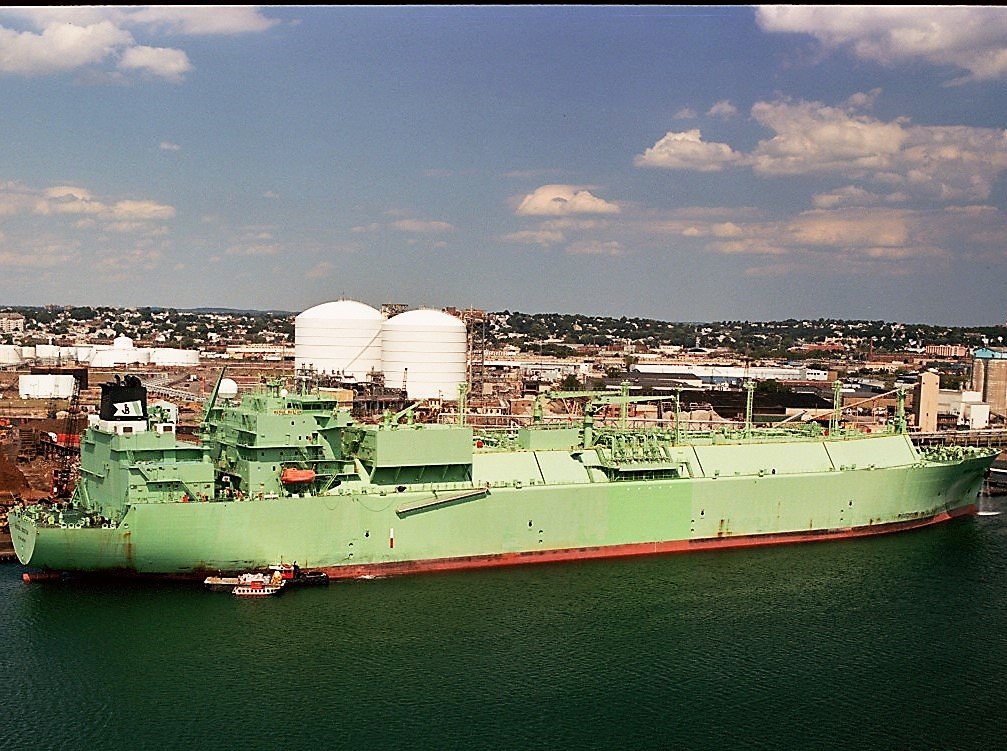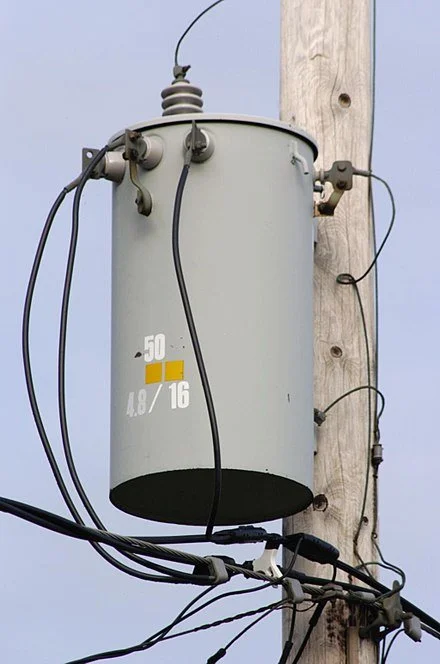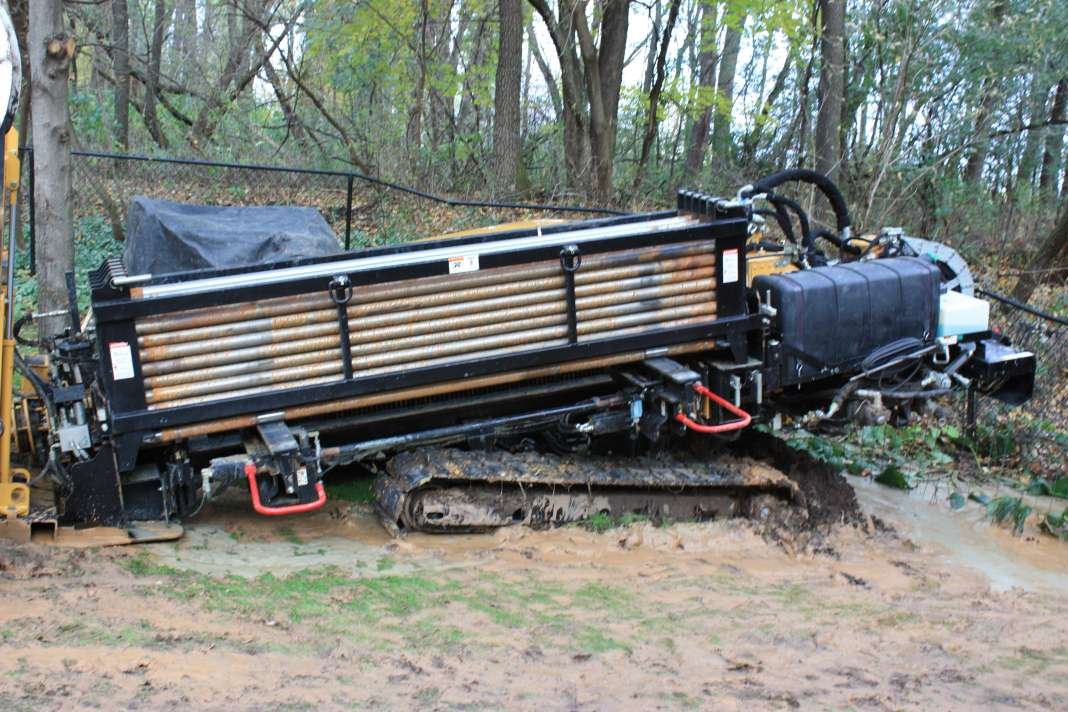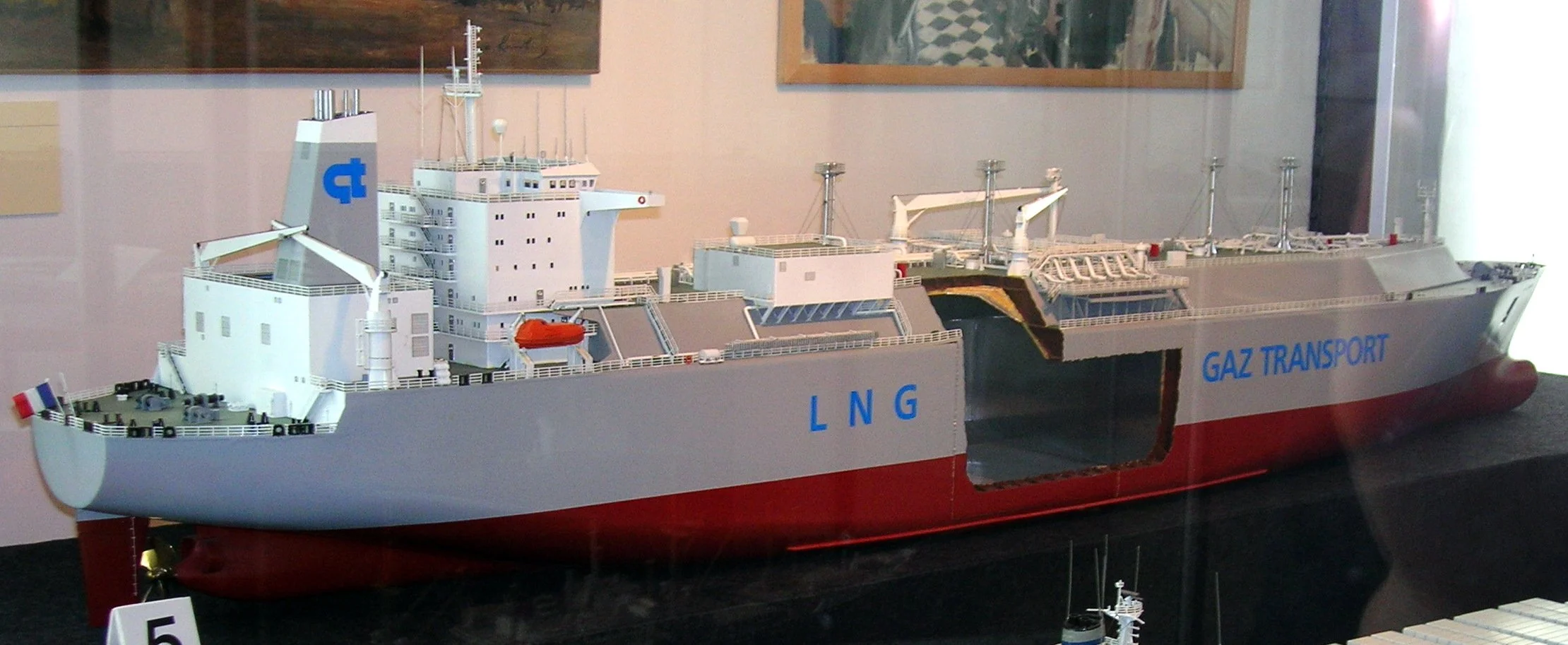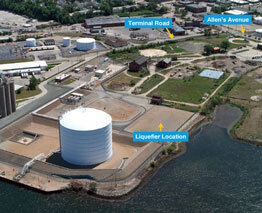courtesy of ecoRI News
Can anyone tell me why it’s called “natural” gas? Sure, it comes from the remains of long-dead plants and animals, just like coal and oil — so yes, in a sense, it’s natural — as long as it stays deep underground. But there’s nothing natural about drilling down thousands of feet, then drilling horizontally in all directions for thousands more, and all the while pumping in millions of gallons of water laced with toxic chemicals.
Why don’t we say “natural” coal or “natural” oil? Maybe it’s because, when they came on the scene, they didn’t have to masquerade as something good for the environment.
The natural-gas industry, seeing the writing on the wall about the future of fossil fuels, has tried to market its product as the exception — the not-so-dirty fossil fuel that can serve as a “bridge” to a clean-energy future. It’s a comforting notion, but is it true?
Spectra Energy is proposing to expand its Algonquin pipeline, which carries fracked gas from the Marcellus Shale in Pennsylvania to Massachusetts. The project calls for the buildout of a compressor station in Burrillville, R.I,, which would result in increased air pollution and noise for local residents, as well as a greater risk of explosions all along the pipeline because of the increased pressure and volume of gas being transported.
But, serious as these risks are, they are not my main concern.
The price tag for this project would be nearly $1 billion, and we the consumers, would ultimately foot the bill. Before we spend more of our hard-earned money on this bridge, let’s take a closer look.
The International Energy Agency — hardly a radical environmental group — warned in 2011 that “anything built from now on that produces carbon will do so for decades, and this ‘lock-in’ effect will be the single most important factor increasing the danger of runaway climate change.” Looks like this bridge is too long.
What’s more, do we really believe we can grow a for-profit industry like natural gas, use it to supplement renewable energy while we bring the latter up to scale, and then just say “sayonara” when we’re done with it? Is that how it’s worked, for instance, with the oil industry? Oil and coal are “bridge fuels,” too — bridges from our pre-industrial past to our post-carbon future — but somehow we seem to have stayed on them for too long. Why is that? Could it be because those industries have been spending millions to block the exits?
Finally, we need to ask, where is this bridge taking us? The industry boasts that gas burns twice as clean as coal. But, when you take into account the methane that leaks into the atmosphere during the extraction, processing and transport phases, suddenly gas doesn’t look so much better for the climate than coal. Methane is a greenhouse gas that’s 34 times more potent than carbon dioxide over a 100-year period, and far worse — 86 times more potent — over 20 years.
Most comparisons have focused on the longer time frame, tilting the balance in favor of natural gas, but the Intergovernmental Panel on Climate Change — the world’s leading authority on climate change — recently declared that “there is no scientific basis” for using the 100-year timeframe rather than 20 years.
In fact, Anthony Ingraffea, a professor of engineering at Cornell University, says that natural gas is a “climate bomb with greater potential impact than the Alberta tar sands.” Greenhouse-gas expert Robert Howarth warns that if we fail to control methane emissions, we’ll cross the threshold for runaway global warming in 15-35 years, even with drastic cuts in carbon dioxide emissions.
OK, you might say, but what are the alternatives? Aren’t we still many decades away from being able to meet all of our energy needs with renewables? That may be true, as long as we keep doubling down on fossil fuels. In fact, the ready supply of cheap natural gas will likely slow the growth of renewable energy.
But, once we decide to roll up our sleeves and start building for the future instead of clinging to the past, it won’t take long. According to researchers at Stanford University and the University of California, Davis, the world can meet all of its energy needs with renewables by 2030 — just 16 years from now — if we put our minds to it.
Renewable energy has come down in price dramatically and will likely be cheaper than fossil fuels, even without subsidies, in about six years. The renewable-energy revolution is already underway; the biggest obstacle isn’t energy storage, long-distance transmission, or even land use — it’s the fossil-fuel industry. Perhaps we don’t really want or need that bridge after all.
Why am I writing this, you may be wondering? What’s my stake in this issue? That’s a fair question. I am a stay-at-home-mom-turned-volunteer-climate-activist. I have two sons and 7 billion brothers and sisters, we only have one planet — that’s why this matters to me. Runaway global warming is not the legacy I want to leave my sons.
But perhaps you struggle to heat your home in the winter and you’re hoping that this pipeline would bring lower gas prices, or maybe you are concerned about the economy and jobs. If so, then you deserve to know that the main purpose of this pipeline isn’t to bring more natural gas to New England; the main purpose is to ship it overseas.
The Algonquin pipeline connects to the Maritimes & Northeast pipeline, which has applied to expand and also reverse its flow from north to south, carrying gas from the Marcellus Shale — via the Algonquin pipeline — up to Goldboro, Nova Scotia, where a new export terminal is to be built. Sure, there might still be enough gas to meet winter demand in New England, but instead of paying less for natural gas, as promised, we’ll be paying more, because we’ll be competing with international markets, where natural-gas prices can be more than twice as high as in the United States.
And, with increased gas exports, the market will be globalized like the oil market, making arguments about U.S. energy security or energy independence irrelevant. The only path to true energy independence and energy security is to cut demand and transition to locally controlled renewable energy.
This project is unnecessary, it would lock us into dependence on fossil fuels for decades to come, and would fail to deliver the promised benefits of lower gas prices, energy independence or energy security. It would, however, increase the profits of Spectra Energy and the natural-gas industry.
The fossil-fuel industry has hoodwinked Americans too many times already with promises of cheap, abundant and safe energy; let’s not be taken in again. This project is under review by the Federal Energy Regulatory Commission (FERC). You can register your opposition by signing the petitions for Rhode Island and for the region.
Lisa Petrie , of Richmond, R.I., is the chairwoman of the Green Task Force at the Unitarian Universalist Congregation of South County and a member of Fossil Free Rhode Island.

